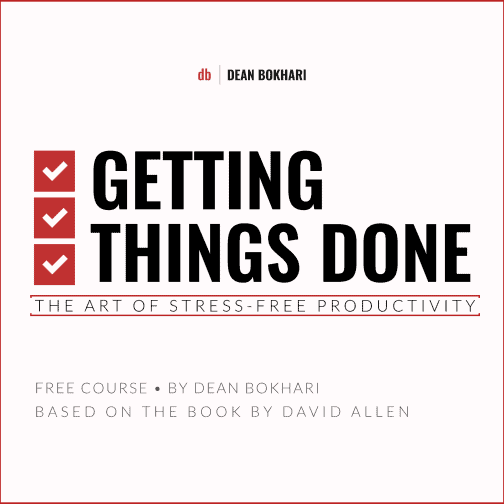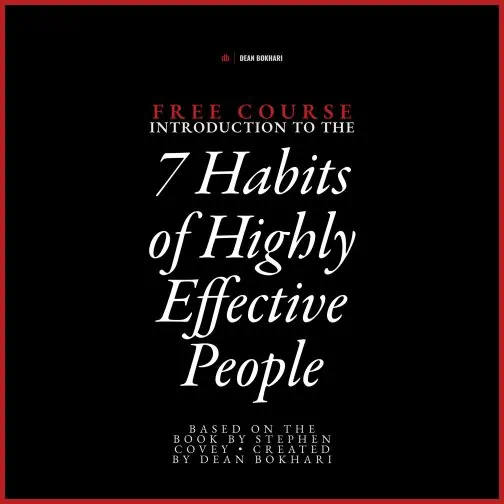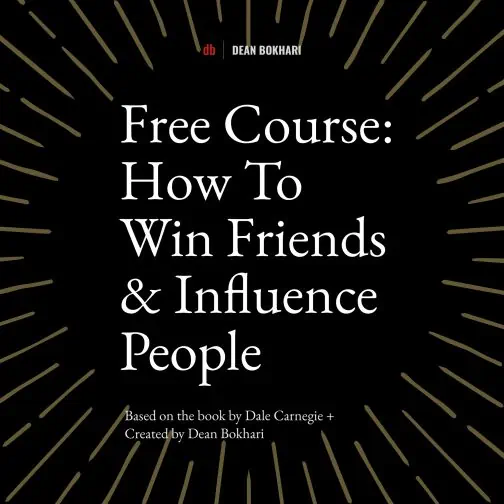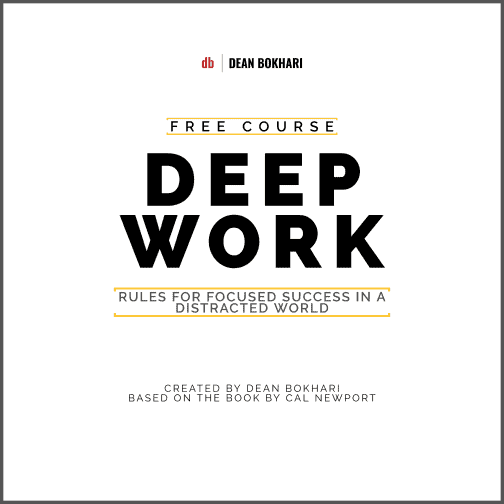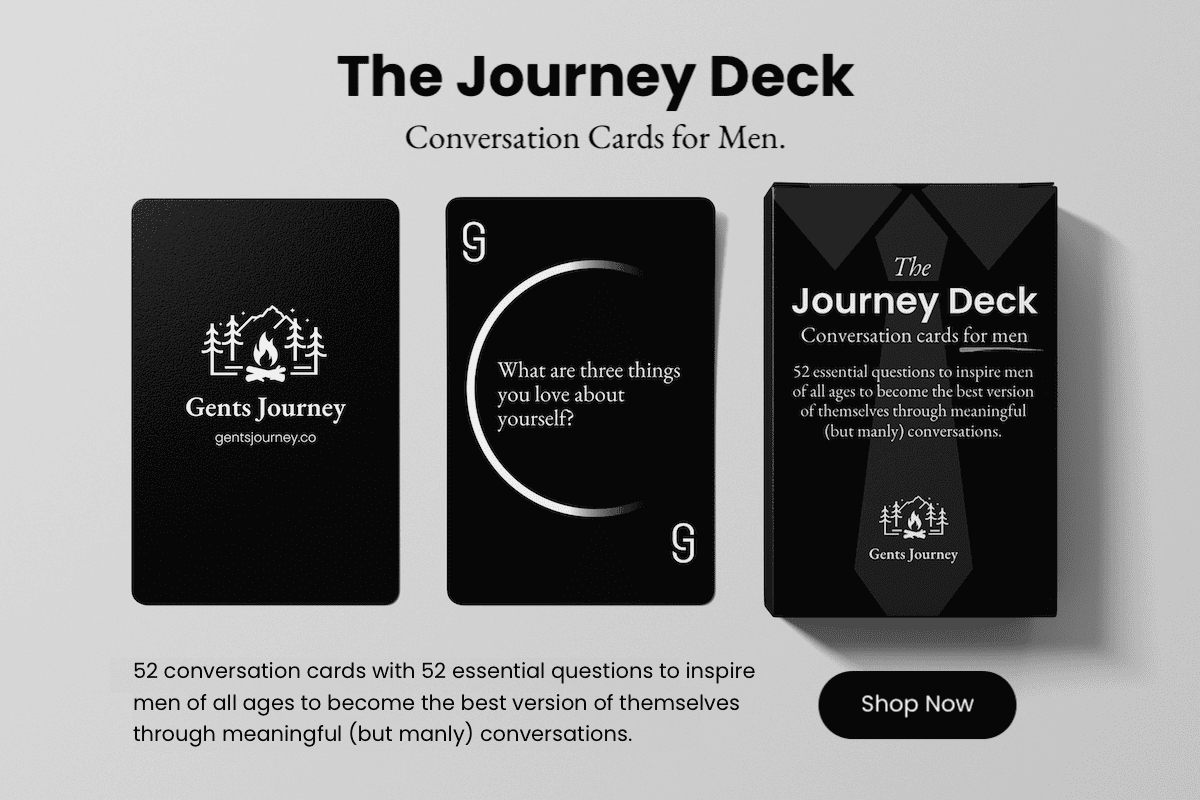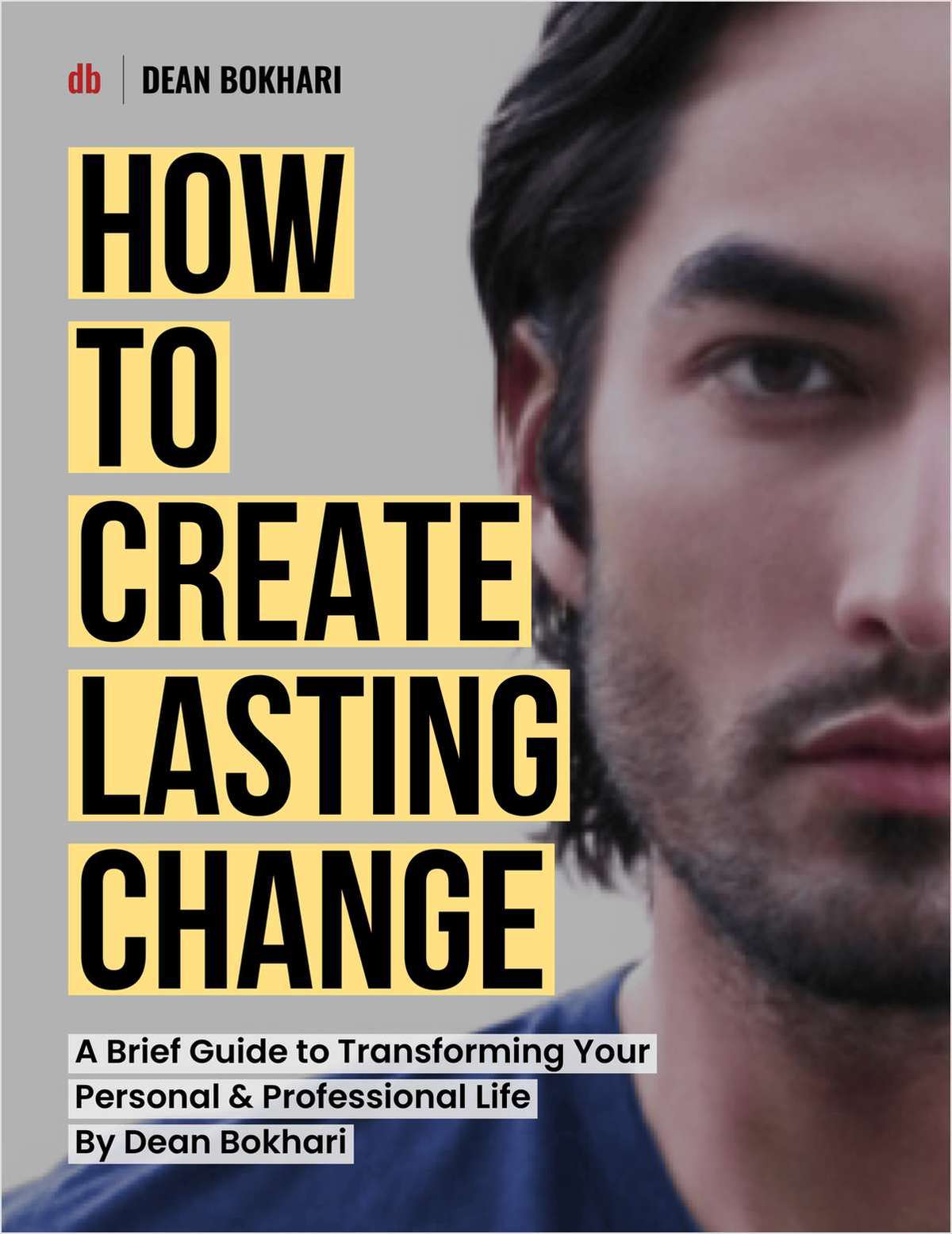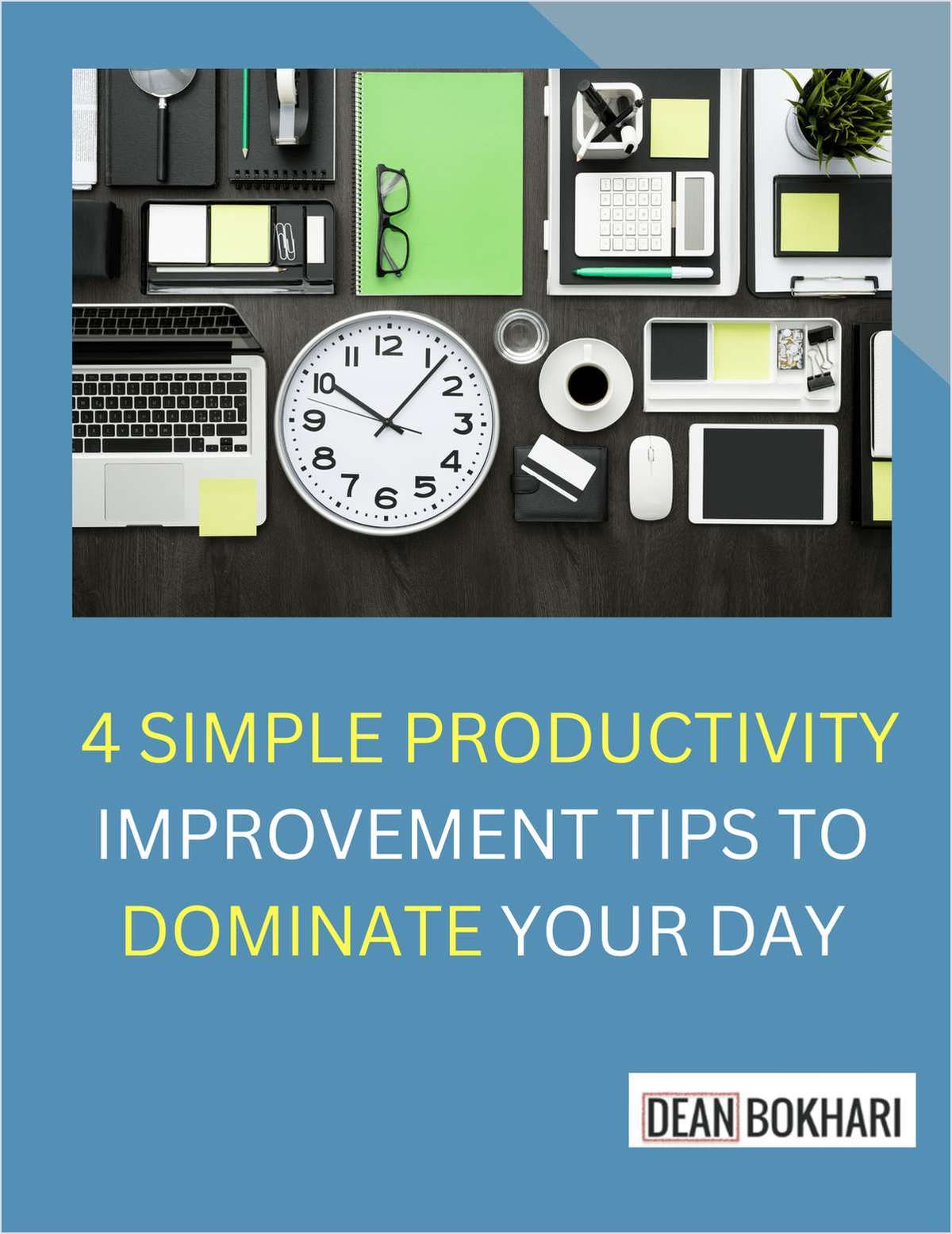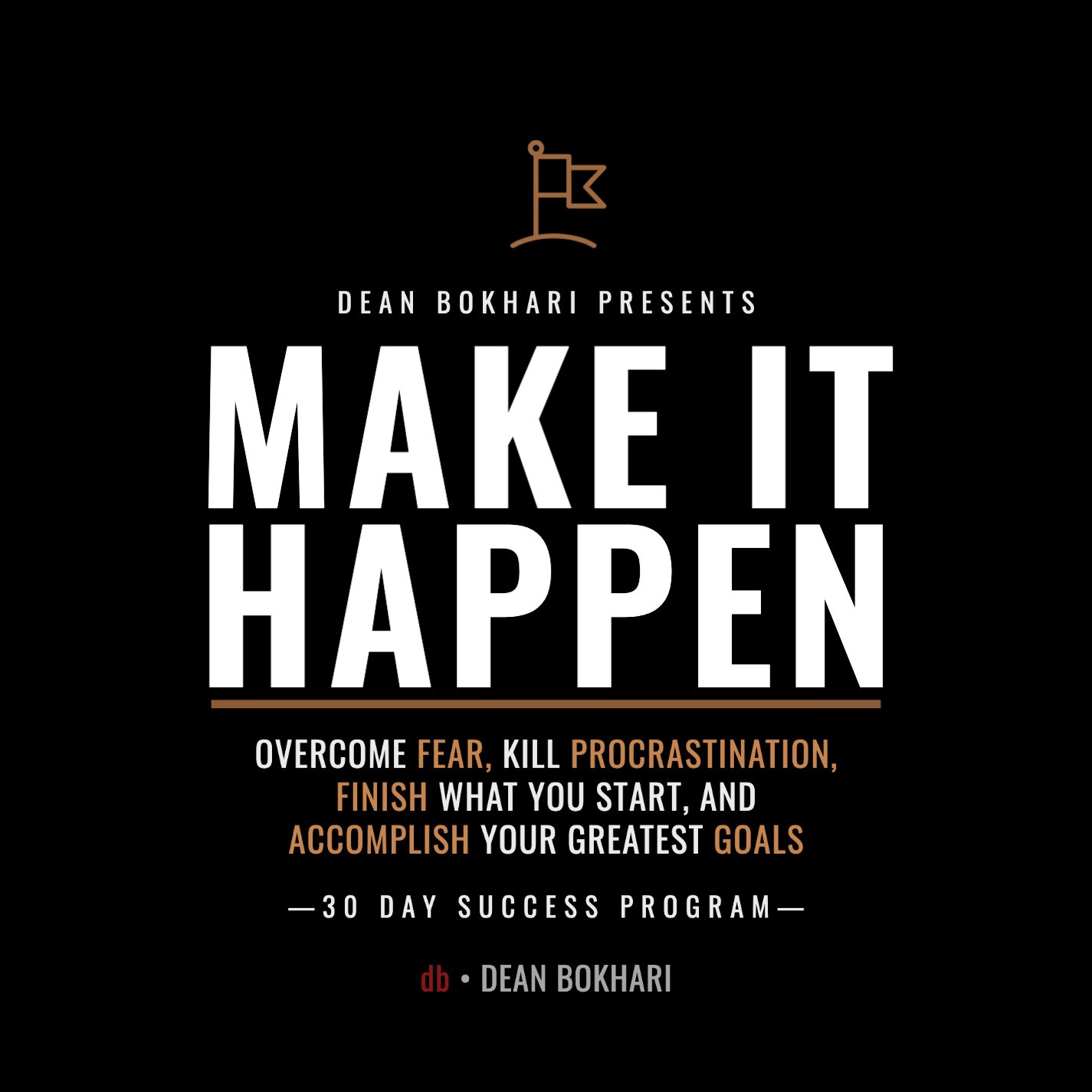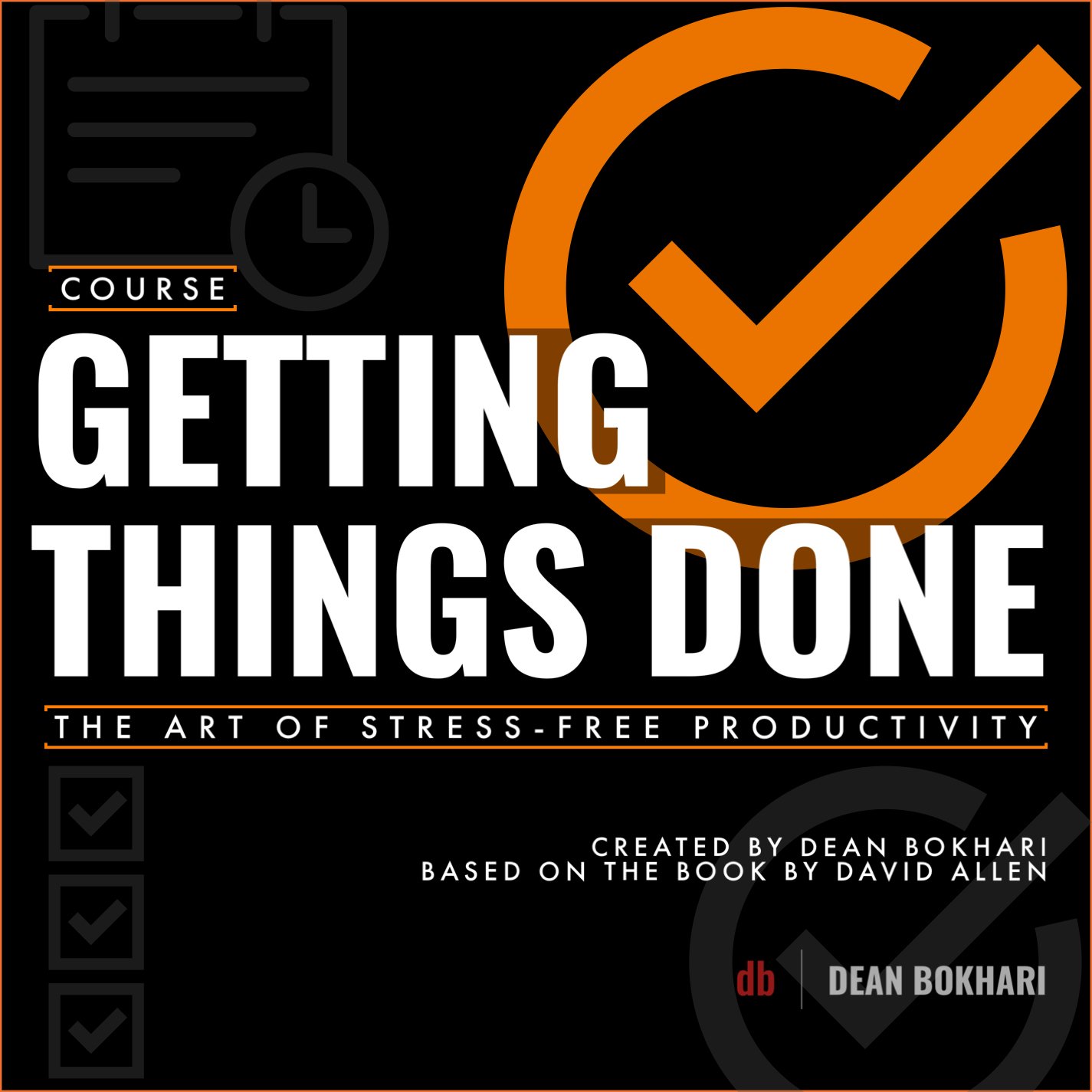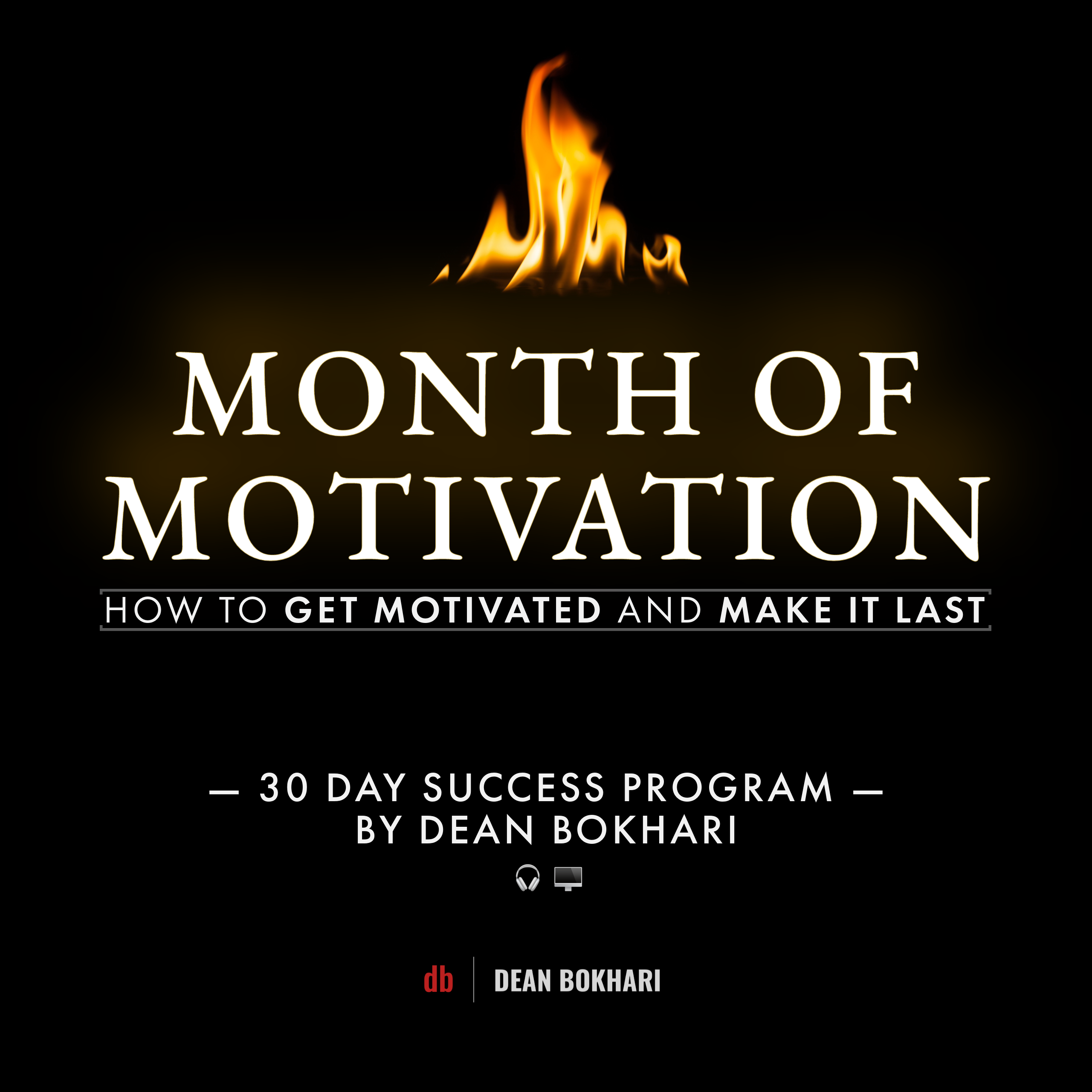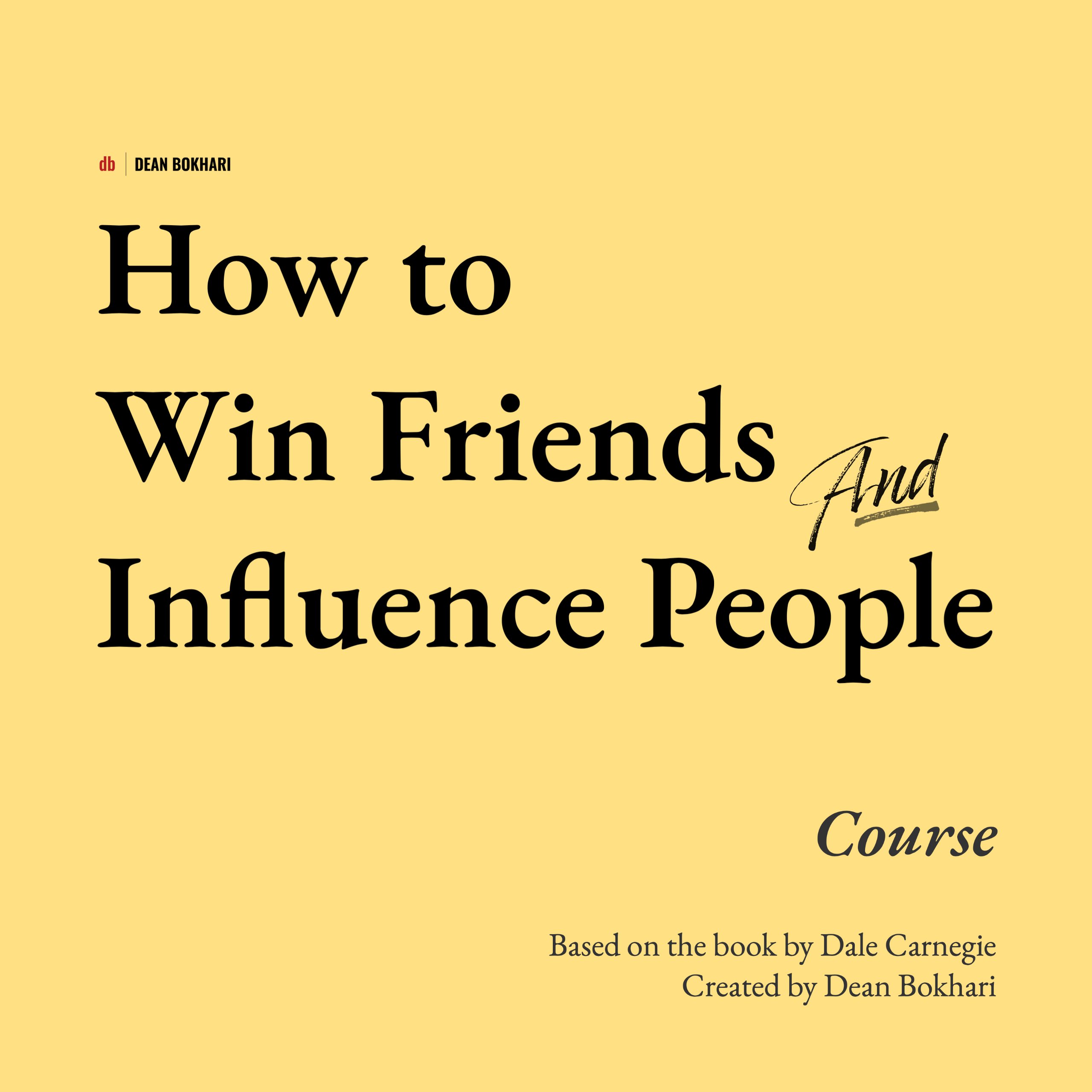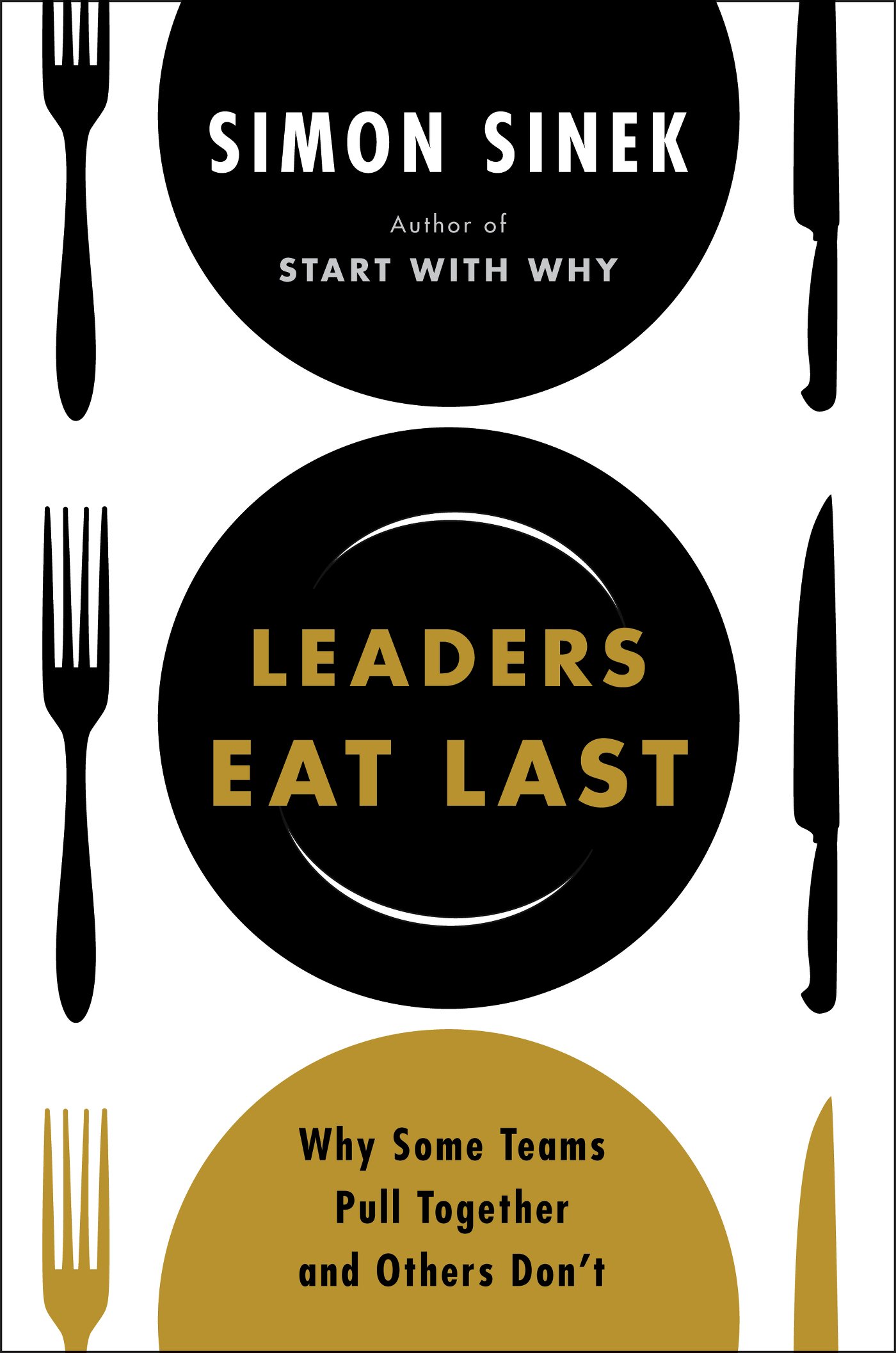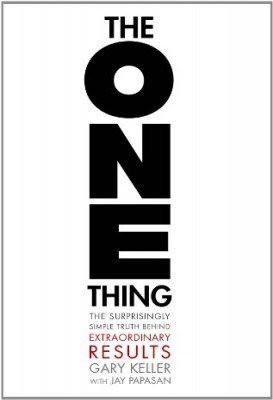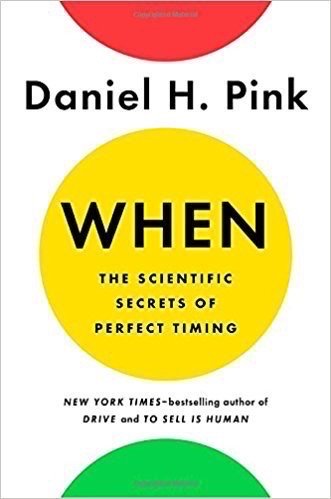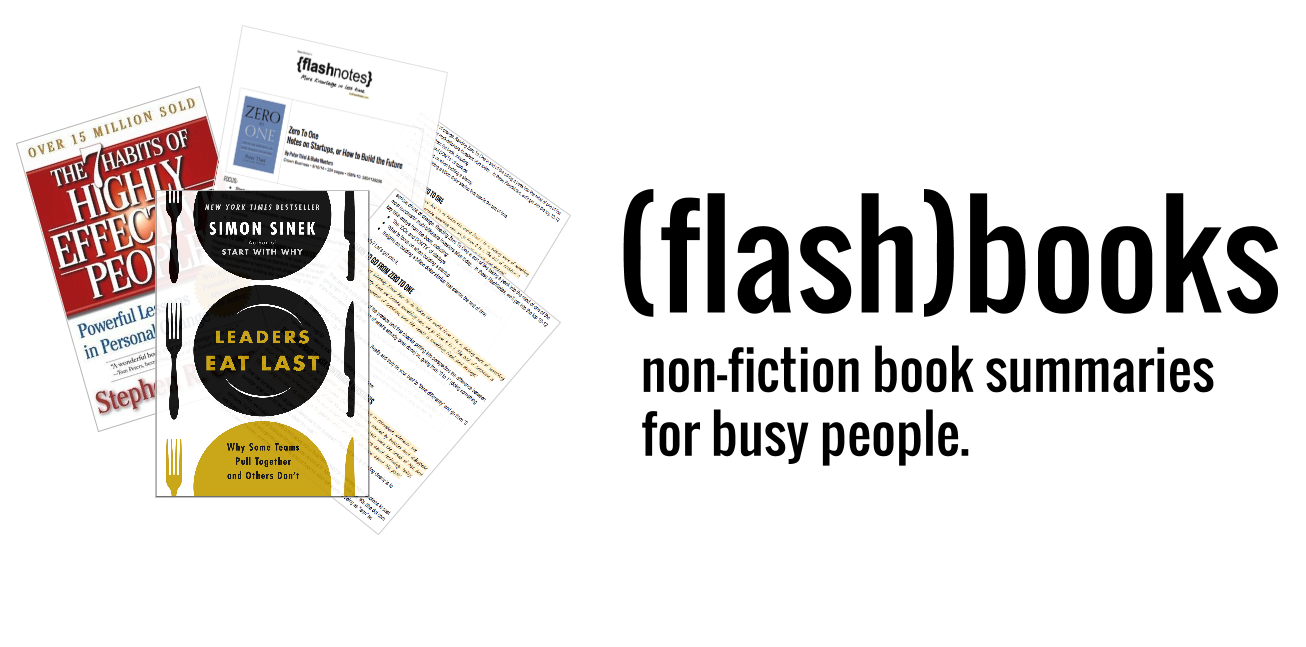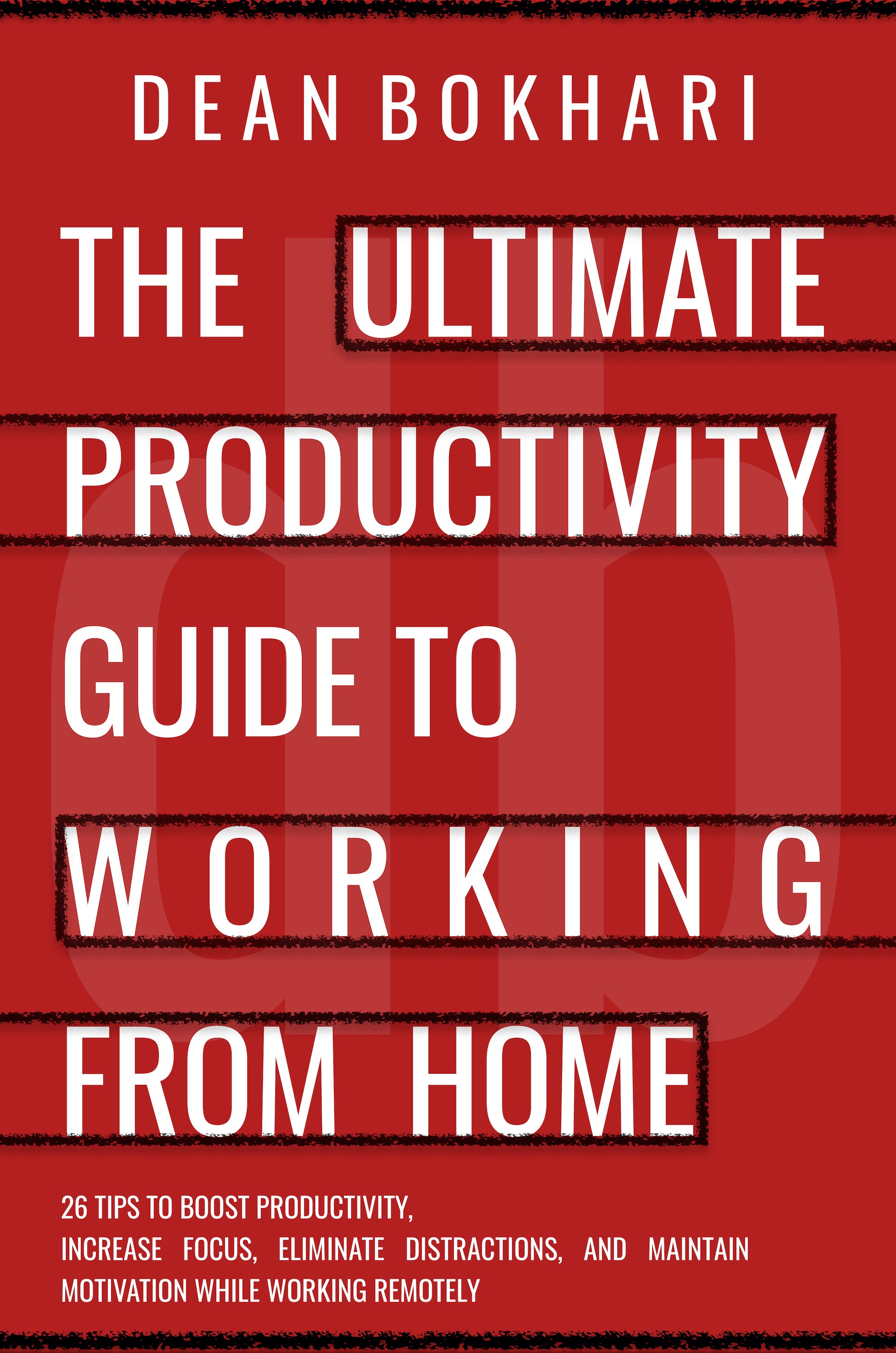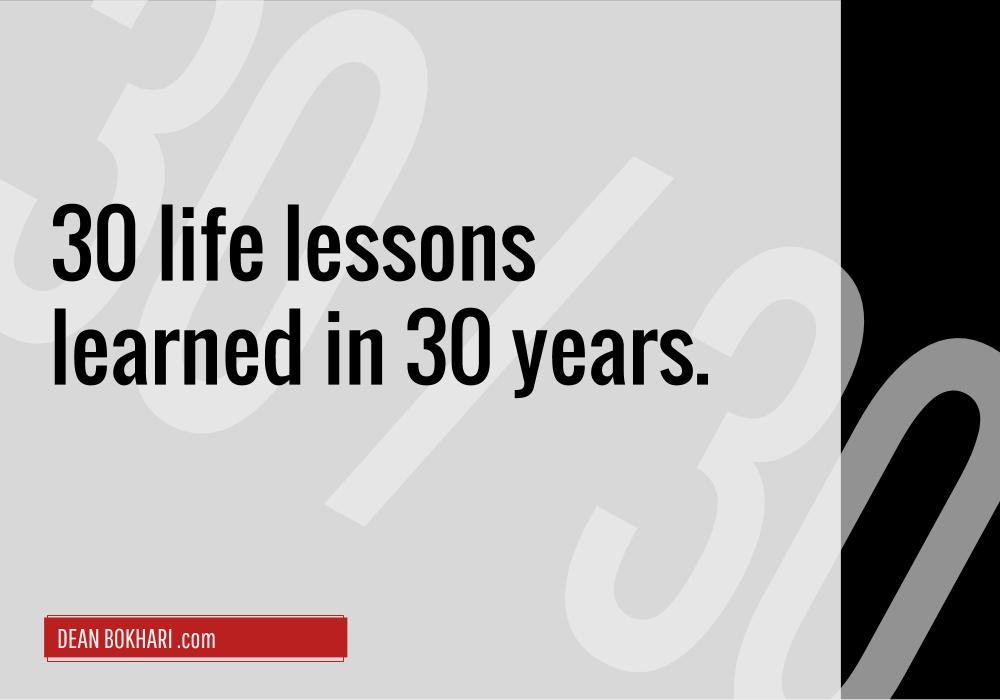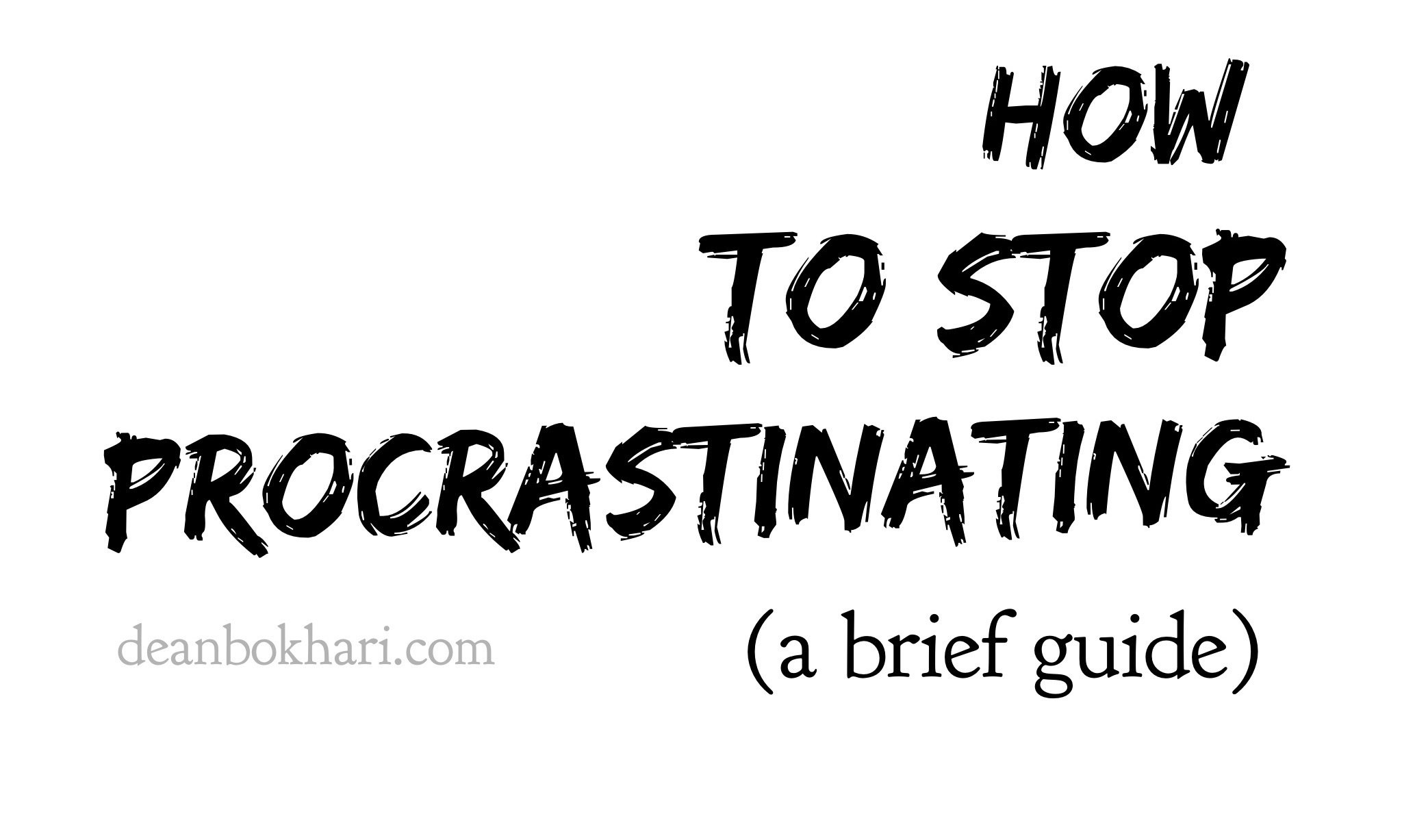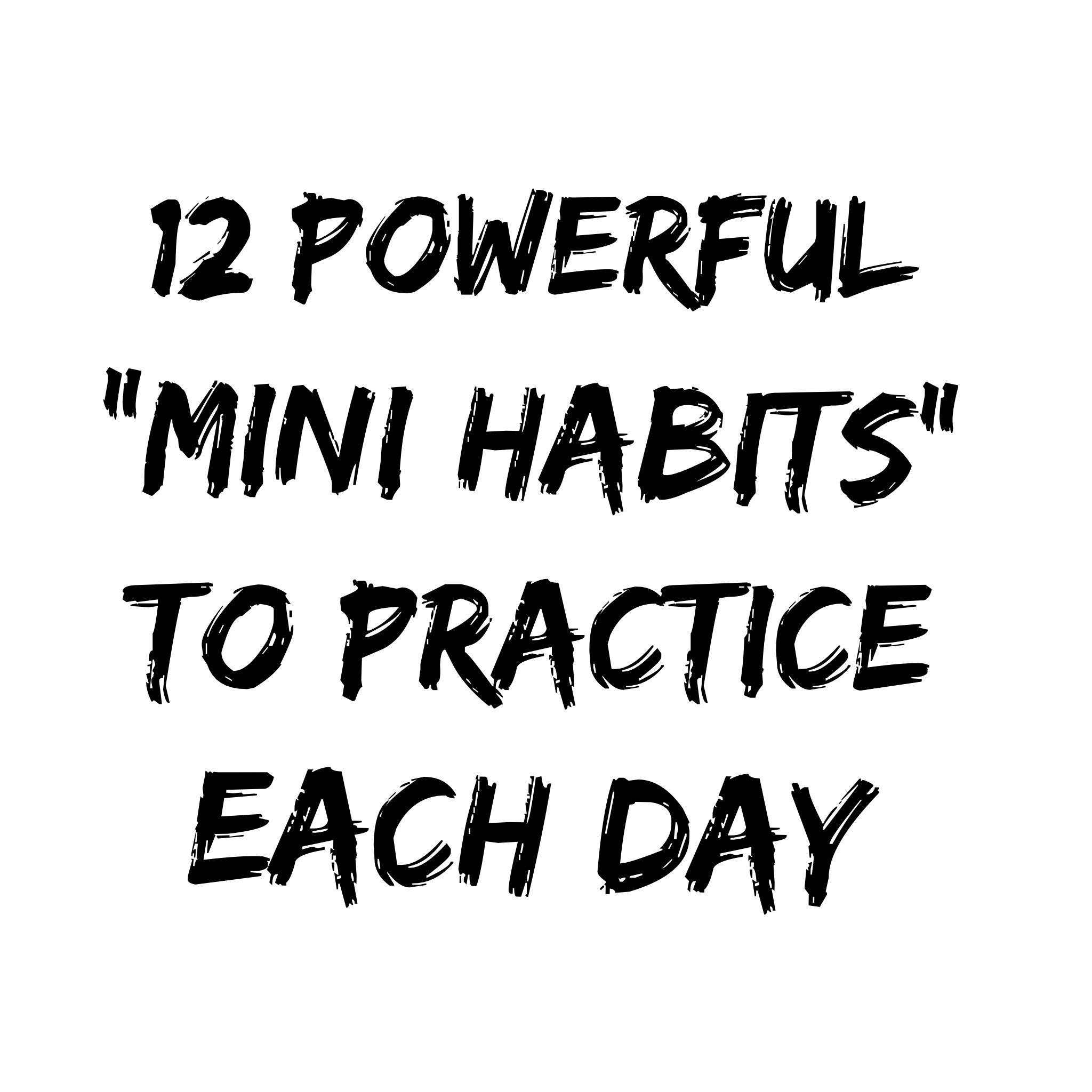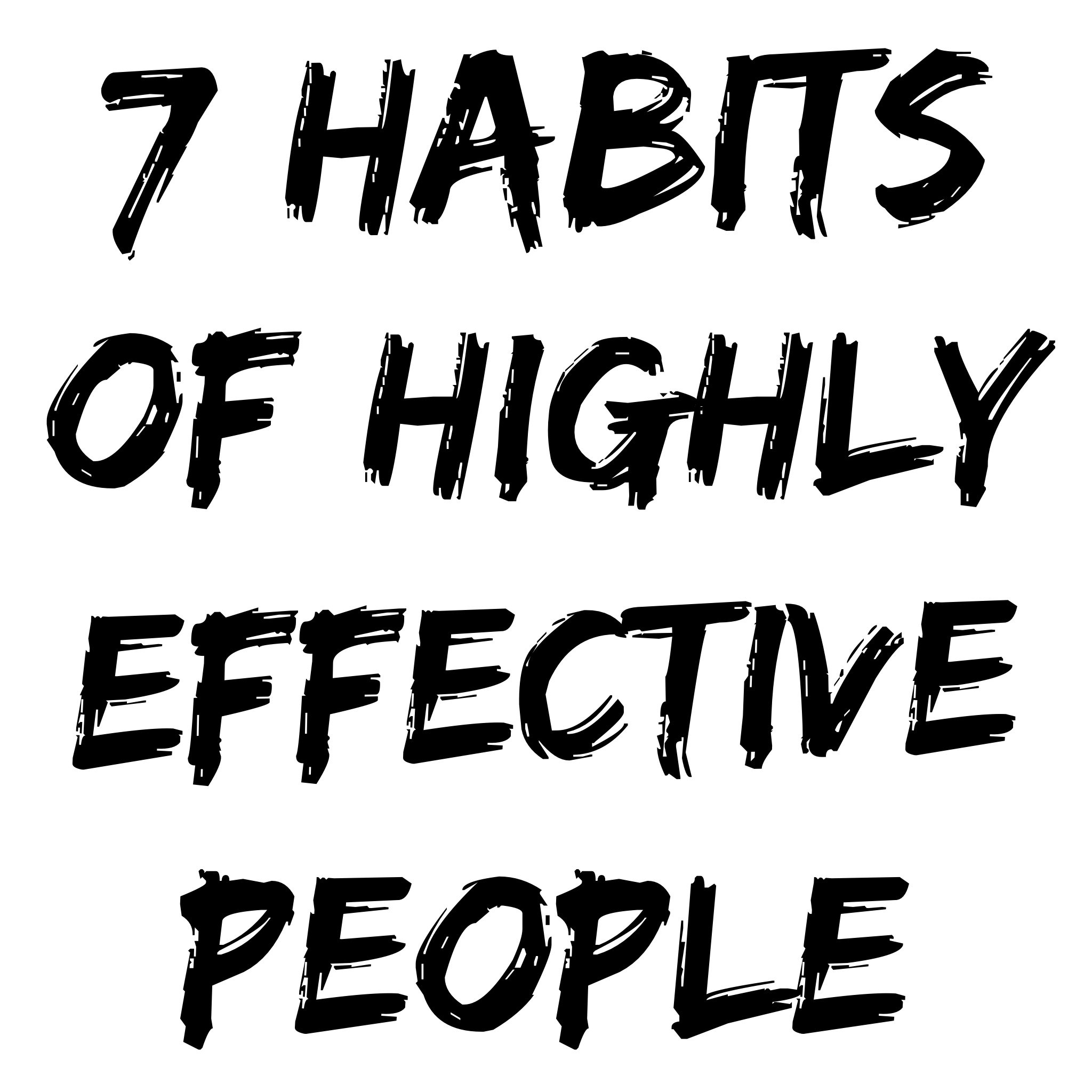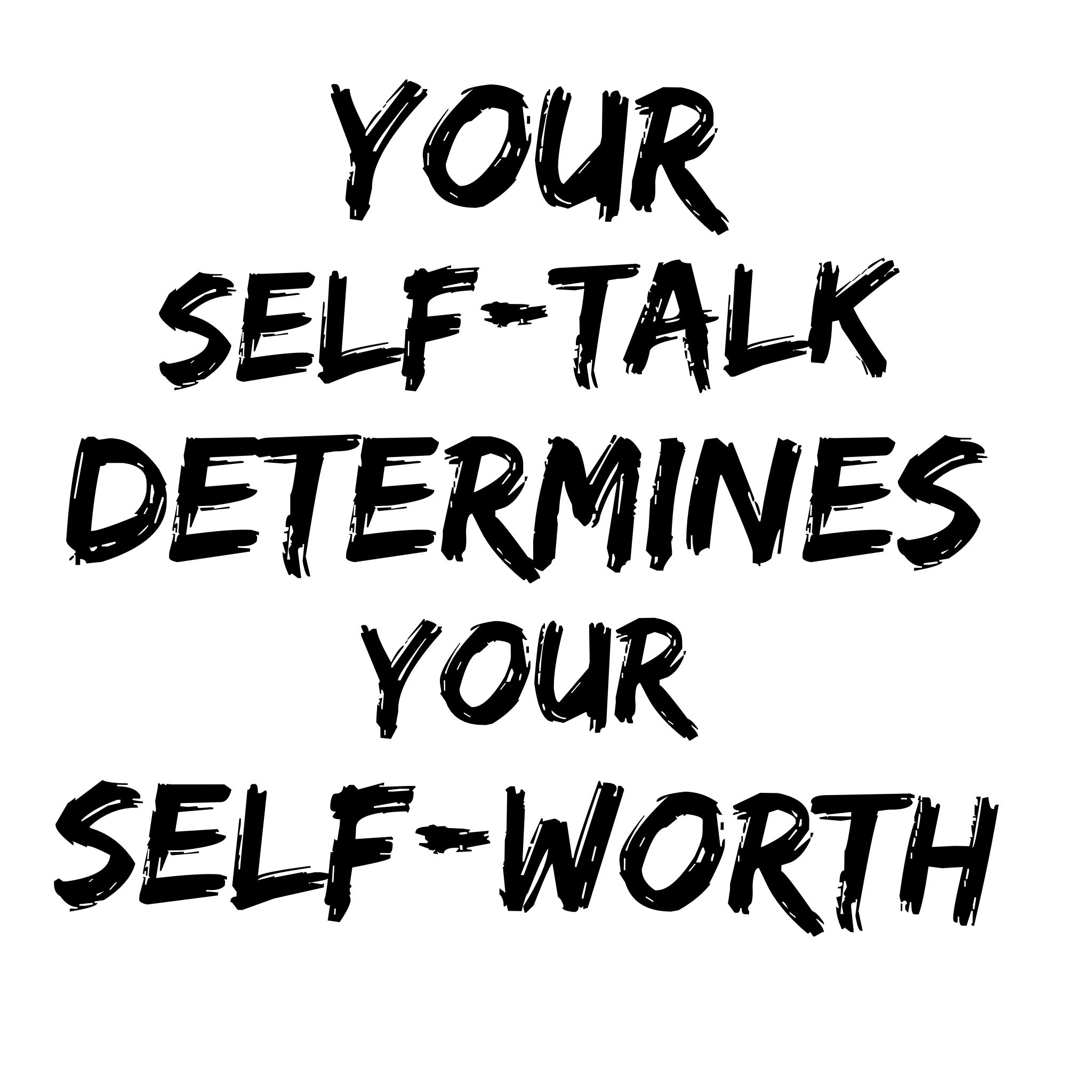Psycho Cybernetics by Maxwell Maltz : Book Summary
About
Psycho Cybernetics utilizes a mechanical perspective of your brain and body’s activity to create a new system of thinking and behaving. The book was originally written by a plastic surgeon turned self-help author, Dr. Maxwell Maltz. This book is a cornerstone of the self-help genre and is chock-full of big ideas that can empower you to create a happier, more successful life.
Here’s what you’ll learn about in this summary:
- How your self-image and patterns of thinking impact everything you do
- How to improve your life by changing your habits and thoughts
- How to turn setbacks and failure into progress and success
Prefer audio? Listen to the podcast version below
Crucial quotes
”The science of Cybernetics does not tell us that “man” is a machine but that man has and uses a machine. Moreover, it tells us how that machine functions and how it can be used.”
”Creative striving for a goal that is important to you as a result of your own deep-felt needs, aspirations and talents (and not symbols which the “Joneses” expect you to display) brings happiness as well as success because you will be functioning as you were meant to function. Man is by nature a goal-striving being. And because man is “built that way” he is not happy unless he is functioning as he was made to function – as a goal-striver. Thus true success and true happiness not only go together but each enhances the other.”
”Whatever your definition of happiness may be, you will experience happiness only as you experience more life. More living means among other things more accomplishment, the attainment of worthwhile goals, more love experienced and given, more health and enjoyment, more happiness for both yourself and others.”
Tweetable summary
Your self-image determines your self-worth.
Links / downloads
THE BIG IDEAS
Psycho Cybernetics: A New Way to Get More Living Out of Life
by Maxwell Maltz
1. Experience is Important
“Human beings always act and feel and perform in accordance with what they imagine to be true about themselves and their environment.”
Dr. Maltz begins with a preface describing a bit of the background behind his book. As a plastic surgeon, he saw example after example of patients who would have their outward appearance transformed (via plastic surgery), but wouldn’t end up any happier as a result of having had their surgeries. In short: their outward appearance would change, but their internal feelings and attitudes would remain the same.
In his investigations he discovered cybernetics—the actions and requirements of machines in accomplishing tasks. This field of cybernetics was then applied to people, resulting in an application of how people achieve success, or failure.
People’s experiences are similar to a machine’s programming. Both lead to certain outcomes, and both can be changed. As the field of psychology developed, it became clear that even in a controlled laboratory, people could use experiences “imagined vividly and in detail” to change outcomes.
The book Psycho Cybernetics was written to be experienced. Each chapter should be read actively, making notes about the points that appeal to you, and creating your own summaries and analysis. There are practice exercises to complete throughout the book. As you take action, remember this point; “It usually requires a minimum of about 21 days to effect any perceptible change in a mental image.” So keep practicing the exercises, and working through the knowledge you’re gaining.
2. You Can Change Your Self-Image and Success Mechanism
“Whether we realize it or not, each of us carries about with us a mental blueprint or picture of ourselves…It has been built up from our own beliefs about ourselves. But most of these beliefs about ourselves have unconsciously been formed from our past experiences, our success and failures, our humiliations, our triumphs, and the way other people have reacted to us, especially in early childhood.”
Although you are not conscious of it, your self-image has developed as a result of your past experiences. You tend to believe this self-image, and live your life based on this belief of yourself. This explains how some people seem to always be successful, and others constantly fail. Their subsequent experiences will support the self-image they have of themselves.
Many people’s attempts at changing their self-image are external—as witnessed by Dr. Maltz in his plastic surgery practice. Some have tried positive thinking about the future, without actually addressing their beliefs about their self-image. This is where Dr. Maltz discovered the great potential for change—in directing activity at your self-image. He discovered that true happiness and satisfaction in life comes from “an adequate and realistic self-image that you can live with.”
The secret, Maltz tells us, is this: “To really live, that is to find life reasonably satisfying, you must have an adequate and realistic self-image that you can live with. You must find your self acceptable to you.”
Dr. Maltz sees the subconscious as a mechanism that the mind controls. He calls this our Creative Mechanism. It will function based on the goals it is given. These goals are based on your self-image. This self-image dictates the limits of your accomplishments—what you believe you can do. The Creative Mechanism uses past memories as structure for solving current problems.
Within all of us is also a Success Mechanism. This is the structure and function designed for any “activity which is intimately tied in to [your] “living” or makes for a fuller life.”
There are many ways that your brain and nervous system operate as a machine. Although Dr. Maltz is clear in that you are NOT a machine, he makes numerous analyses that show how the brain and nervous system are machine-like in their operation. He calls these “servo-mechanisms”. The field of Psycho Cybernetics seeks to understand how the brain works in these machine/mind terms.
In addition to your brain’s amazing capabilities, there is support to the concept that your brain can access subconscious knowledge outside of its own experiences. This access to universal knowledge is acquired through analysis, contemplation, and striving for answers. “Science has now confirmed what philosophers, mystics, and other intuitive people have long declared: every human being has been literally “engineered for success” by his Creator. Every human being has access to a power greater than himself.”
The first practical applications involve internalizing the following five concepts:
- Your success mechanism must have a goal or target that you believe already exists (it can exist in actuality, or in potential).
- Your mechanism focuses on the END, NOT the MEANS. When you supply the goal, your mechanism finds a way.
- Making mistakes helps to direct you toward your goal. It provides an autocorrect that helps you redirect towards your goal.
- You gain skill by redirecting your errors until you are heading in the right direction. Then, you must FORGET the past (the errors), and focus on the final successful choice that led you in the right direction.
- Trust in the process without worrying about it or trying to adjust it. “You must “let it” work, rather than “make it” work.” Your success comes as you act, and the proof of your success follows, so you can’t look for success before actions.
3. The Importance of Imagination
“For imagination sets the goal “picture” which our automatic mechanism works on. We act or fail to act, not because of “will,” as is so commonly believed, but because of imagination.”
Your thoughts and actions are based on what you imagine as truth. Hypnosis is an excellent example of this in action. “Your nervous system reacts appropriately to what “you” think or imagine to be true.”
You often react automatically to your environment. Seeing a bear will make you feel fear and run. It’s not something you need to think about first. You automatically react to the environment based on what your nervous system tells you, regardless of whether this information is true or not. It is what you believe to be true that causes the reaction. Numerous studies have shown that mental practice improves actual performance. The key is to practice the correct mental image of the actual action.
Remember that “your physical brain and body functions as a machine which “YOU” operate.” When you practice something in your mind, you are establishing the goal to aim for. This activity is far more successful than employing will power, or ‘trying harder’. You are able to relax, picture the process, and enjoy the journey.
You can also use this method to develop an excellent self-image. Seeing yourself differently will lead to acting differently, and improving yourself. Some have called this self-image “the strongest force within you.” Although this is only achieved when you create an honest picture of yourself (not arrogant or egotistic), many people underrate themselves, so seek the best in yourself, and aim high!
You’ve already build a self-image based on past experiences. “Now you are to use the same method to build an adequate self-image that you previously used to build an inadequate one.” Use 30 minutes a day to relax, close your eyes, and imagine you are watching a movie of you. Get detailed. This is your mental practice for life. View positive interactions, opportunities, responses and dreams. Don’t worry if you don’t believe it—that will come. Think about how each of your senses will experience what you are imagining. Imagine positive feelings that you will experience. And remember that it may take you at least 21 days of practicing this before you notice changes. Practice will lead to new, automatic responses based on the self-image you are developing.
When you are successfully hypnotized, it is because you believe what the hypnotist is saying. In this sense, you have been hypnotized throughout your life. You believe what someone has said to you or about you, and this belief has led to certain actions. Perhaps you’ve been told you are dumb, ugly, or bad at math. You have accepted these statements and then felt obligated to act them out in order to ‘be yourself’.
The reverse of being hypnotized into negative beliefs is also possible. People have been hypnotized and behaved far beyond what their conscious restrictions would allow them. In a sense they were dehypnotized so that they could achieve what they were truly capable of. As Maltz tells us: “Within you right now is the power to do things you never dreamed possible.”
Inferiority comes when we measure ourselves against someone else’s ‘normal’ rather than our own. We believe we should be what they are, and determine that we are unworthy… NOT true. “We have allowed ourselves to be hypnotized by the entirely erroneous idea that “I should be like so-and-so”. This leads to more striving, more inferiority, and a miserable life.
The solution lies in knowing that you are uniquely you, and will never be someone else. You’re not supposed to be. Your uniqueness is valuable, and only yours to have.
So how do you undo these types of negative beliefs about yourself if you’re holding onto them?
In order to undo a negative belief or behavior, we need to begin by relaxing.
This leads to Dr. Maltz’ second practice exercise in the book—using imagination to relax. Get comfortable, and consciously relax each muscle group in your body. Don’t let this be work—just do what you can easily do. Move through mental images of relaxation.
Practice going through all of these mental images over and over again. You will develop stronger connections between mental images and how you feel physically, and become better at relaxation.
4. Using Rational Thinking and Relaxation
”Scientific experiments have shown that it is absolutely impossible to feel fear, anger, anxiety, or negative emotions of any kind while the muscles of the body are kept perfectly relaxed.”
Rational thinking works for changing beliefs and behaviors. You do not have to unbury every negative unconscious thought in order to change. Focusing on a mistake or guilty feelings can make the mistake the actual goal. Instead, remember that negative experiences helped you orient towards your goals, and then can be forgotten as you practice traveling in the right direction towards your goals.
It has been theorized that those who are successfully hypnotized to do amazing things have simply had negative memories purged so they could achieve greatness. It follows that you can consciously purge negative memories and unlock your own innate success. When you begin to feel negative, look for the cause, and dismiss this cause as absurd. Determine that the irrational will not control you. Repeat this practice whenever negative thoughts and memories start to surface. Look for new, rational, positive beliefs that resonate with you.
Identify a belief about not being able to do something. Evaluate it using the following questions: 1. “Is there any rational reason for such a belief?” 2. “Could it be that I am mistaken in this belief?” 3. “Would I come to the same conclusion about some other person in a similar situation?” 4. “Why should I continue to act and feel as if this were true if there is no good reason to believe it?” Really evaluate your responses. Get mad about beliefs that have interfered with your success and happiness. Allow this anger to spur you on to new beliefs and great success.
Rational thoughts must be joined by feelings and desires. Long for who you want to be, and what you want to have. Get excited about these desires. This process is exactly like worrying, except that now you are dwelling on positive, desirable things instead of negative things. As you change your goal picture and engage your positive emotions the possibilities will become more real.
“It is the job of conscious rational thought to decide what you want, select the goals you wish to achieve – and concentrate upon these rather than upon what you do not want.” Focus on the current task. Do everything you can under the best of assumptions, and then let the results happen.
There is a limit to rational thought. If you focus on achieving results with rational thought, you begin to develop anxiety and feelings of stress. Instead, once you have determined your goals and you are taking action towards them, let go of making success happen. You can see how that works when examining the lives of very creative individuals. Their creative breakthroughs come from spontaneity when their rational mind has relaxed. They have a goal, a question, or a need for a solution that they have consciously examined. But once they have done what they can, they ‘let go’ and inspiration comes. We are all creative, and too much “conscious effort inhibits and “jams” the automatic creative mechanism.” Releasing this inhibition of your creative mechanism can lead to creativity, spontaneity, and truly being yourself.
Take the time to research, prepare, and make good decisions. And then, once the wheels are in motion, relax. You’ve done what you can. Give your attention now to this moment you are in. Live in today without worrying about the future, or mulling over the past. Your attention to this moment allows your creative mechanism to respond at its best. Allow your senses to absorb the experiences of this moment. Avoid multitasking, as this takes the focus away from the moment. Do one thing at a time. “Even on the busiest day the crowded hours come to use one moment at a time”. Taking this approach relieves worry, stress, and feeling overwhelmed.
Let problems go at the end of the day. Sleep on it, and allow your creative mechanism time to work without your conscious getting in the way. Dreams often lead to amazing breakthroughs. Write down what you need to do the next day, make a plan, or identify your problem, and then go to sleep. Have a pen and paper ready beside your bed to record your morning insights.
Use your relaxing practice to ‘remember’ how to achieve a feeling of relaxation in the middle of your day. Just take a moment, and recall the details and sensations of your relaxation practice. This reduces fatigue and increases coping skills and creativity.
5. Making Happy Habits and Having A Successful View
“Happiness is not something that is earned or deserved. Happiness is not a moral issue, any more than the circulation of the blood is a moral issue…Happiness is simply a “state of mind in which our thinking is pleasant a good share of the time.” If you wait until you “deserve” to think pleasant thoughts, you are likely to think unpleasant thoughts concerning your own unworthiness.”
Happiness is not selfish, wrong, or something to be earned. Being happy leads to unselfishness, creativity, and helpfulness – naturally. Unhappiness leads to terrible, even criminal behavior.
Happiness is learned behavior and thoughts. It must be practiced in the present moment, and cannot “be made contingent upon solving some external problem.” Learning to be happy means being free from the habit of responding negatively to the external things around us.
Part of being happy involves separating facts from opinions. Losing your savings in the stock market is a fact, being embarrassed and destroyed by it is an opinion—an unhelpful opinion that you, yourself choose to accept. Many things that are seen as impossible are opinions, not facts. The key here, is to recognize when to separate one from the other.
Working towards goals often leads to feeling happy. It is your thoughts about events that lead to your feelings. If bad things happen, see them as challenges; then, get yourself a goal and start working towards it. As Maltz tells us, “Form the habit of reacting aggressively and positively toward threats and problems. Form the habit of keeping goal-oriented all the time, regardless of what happens.” Use your imagination to picture yourself handling challenges in positive, smart ways.
Happiness is something you do and something you choose. Consciously choose to think pleasant thoughts. Perform surgery on your negative thoughts – cut them out – and replace them with beautiful thoughts. Changing your self-image will impact your habits, and changing your habits will impact your self-image. “When we consciously and deliberately develop new and better habits, our self-image tends to outgrow the old habits and grow into the new pattern.” Most of your actions, feelings, and responses are habit. That means they can be changed.
The following practice exercise starts at your feet. Put your shoes on opposite to usual, and tie them differently. Use this as a reminder for change, saying “I am beginning the day in a new and better way.” In your day, choose to be cheerful, more friendly, less critical, more tolerant, focused on success, separating opinions and facts, smiling, reacting calmly and practice for 21 days.
In order to be successful you need to be clear about what success looks like. Use this acronym:
- S-ense of direction
- U-nderstanding
- C-ourage
- C-harity
- E-steem
- S-elf-Confidence
- S-elf-Acceptance
Sense of direction is about maintaining your own personal focus and goals, rather than trying to go where other people think you should. It’s also about always having a goal you are working for.
Understanding comes when you can separate fact from opinion. This often means taking a step back, and seeing a situation/memory/feeling for what it really is, rather than from a biased viewpoint. “Admit your mistakes and errors but don’t cry over them. Correct them and go forward.”
Having courage to act on your goals and beliefs can make them reality. You can practice courage by taking small steps every day in little things, like striking up a random, friendly conversation with a stranger.
Charity can start with treating other people with more kindness. This leads to treating yourself with more kindness. Charity recognizes that people are valuable and important. Appreciate others, care about them, and treat them with care.
Esteem involves having a healthy, good mental picture of yourself and treating the people around you with appreciation.
Self-confidence grows as successful experiences increase. You can develop this by “remembering past successes, and forgetting failures.”
Self-acceptance is accepting yourself right now for who you are, and remembering that, “Creating a better self-image does not create new abilities, talents, powers – it releases and utilizes them.”
7. Get an Emotional Face Lift and Unlock Your Real Personality
Someone with a good self-image will not easily become emotionally damaged. The same for someone with a self-reliant attitude. “Assume responsibility for your own life and emotional needs.”
It is your response to experiences that can leave emotional scars. Practice relaxation, and focusing on peaceful images. This will help prevent these scars.
In order to lose emotional scars, they have to be removed. “Forgiveness, when it is real and genuine and complete, and forgotten – is the scalpel which can remove the pus from old emotional wounds, heal them, and eliminate scar tissue.” This means forgiving, and forgetting. Forgiveness happens when you recognize that the ‘debt’ (the purpose for the unforgiveness) is invalid. Condemnation and hatred should not have been given any place in your life. “We ourselves err when we hate a person because of his mistakes, or when we condemn him, or classify him as a certain type of person, confusing his person with his behavior”.
You must also forgive yourself. You’ve made mistakes, but hating yourself for them is futile. “So remember “You” make mistakes. Mistakes don’t make “You” – anything.” You may have failed at something, but you are not a failure. Carrying judgment and living with scars happens when you live in the past. Instead, relax, practice forgiveness, have flexible but strong ‘skin’, be creative, and let yourself be a little vulnerable.
Unlocking your real personality is about showing outwardly your “unique and creative self”. When people are inhibited they keep their real personality locked up. Often this is because they are over-experiencing negative feedback. Instead of using negative feedback to correct course, they over-correct, or cease taking any action at all. It can also occur when people are excessively careful. A solution is to practice relaxation. This enables you to be freer, less tense, and less inhibited.
Self-consciousness can also lead to inhibition. Being self-conscious is really about being too conscious of others. You monitor everything you do and say because you are concerned with how others might see you. You can begin to deal with self-consciousness by (again!) relaxing. Remember a time and place when you were with people who made you feel comfortable and supported. Recreate this feeling when you are with others, and your self-consciousness will begin to fade. Practice disinhibition – “being less careful, less concerned, less conscientious.”
8. Self Tranquilizing
Often your responses to stimuli are conditioned – things you have learned to do, and now do automatically. An example is picking up your phone whenever you hear a notification. You can undo this condition. If you can’t ignore the stimulus, start by delaying your response to it. As you learn to not respond, you are actually practicing relaxation. This state of relaxation encourages positive feelings, which is a natural form of tranquilizer. Remember the relaxation exercises at the beginning of the book. “Protect yourself from disturbing stimuli by maintaining the relaxed attitude.”
Mentally create a quiet room – a place of total relaxation in your mind. Go to this mental place to rest, have a break from stimulus, and renew yourself. Practice going to this room before sleep, and before tackling challenges. You will begin to carry this calmness to other parts of your life – with positive benefits.
Another calming practice is to refuse to respond to all of the negative possibilities you might think of during the day. Instead, focus on your goals, and dismiss ‘what ifs’ as unreasonable and not worthy of a response.
9. Finding the Good in Crisis and Feelings
“A “crisis” is a situation which can either make you or break you. If you react properly to the situation, a “crisis” can give you strength, power, wisdom you do not ordinarily possess.”
To learn to turn crisis into opportunity, you first need to practice reacting to challenges without the pressure of a crisis situation. This is similar to practicing fire drills before a fire. You learn the actions without stress so you can take those same actions when the pressure is on. You also carry over an attitude of calmness and competence. Learn to react to crisis with an active (rather than a passive) response. Finally, evaluate ‘crisis’ situations so you can identify the true ones from ones that are not true crises.
When you face a crisis, be confident and assertive. “This means maintaining an aggressive, a goal-directed attitude, rather than a defensive, evasive, negative one: “No matter what happens, I can handle it, or I can see it through,” rather than, “I hope nothing happens.”
There are times when your greatest challenge may be making a goal you can get excited about. Since your brain can’t tell the difference between real and vividly imagined experiences, you brain will coordinate negative feelings if you are focusing on the failures that might come of goal setting.
Bring to mind feelings of success by focusing on positive things. These feelings lead to successful actions and outcomes. You can also take time to recall successes in your past. The imprinting in the brain is strong for these, and becomes stronger with recall. The winning feeling accompanying those past successes will carry over into your current goal seeking activity.
If you haven’t experienced a great deal of success, begin with small measures you are successful at, and build on these, both with repeats of the success, and growing memories. Gradually increase the challenges and successes, as if you are weight-training. You will become accustomed to success.
Negative feelings (“fear, anxiety, lack of self-confidence”) are “indicative only of attitudes of mind within you – not of external facts which are rigged against you. They mean only that you are underestimating your own abilities, overestimating and exaggerating the nature of the difficulty before you, and that you are reactivating memories of past failures rather than memories of past successes.” You can counteract these feelings by directly confronting them, or by substituting them with positive feelings.
If you tend to be a worrier, your solution is to practice “immediately substituting pleasant, wholesome, mental images, for unpleasant “worry images.”” You replace the habit of worry with a habit of wholesome positive thinking.
You can change your thinking from negative to positive. It takes a great deal of practice to create this new habit. Using vivid mental images in your replacements will increase your success. Instead of focusing on will power, focus on positive images that generate great feelings.
10. Better Days, Better Life
“I believe that there is ONE LIFE, one ultimate source, but that this ONE LIFE has many channels of expression and manifests itself in many forms. If we are to “Get More Living out of Life,” we should not limit the channels through which life may come to us. We must accept it, whether it comes in the form of science, religion, psychology, or what not.”
Living with a failure mechanism in place can slow healing, and lead to overall poor health. Resentment and hatred are also bad for your health. Dr. Maltz found that his patients that recovered faster were optimistic, positive thinkers who had a reason to get better – some goal, or something good in their future. “Mental attitudes can influence the body’s healing mechanisms.” This is even obvious with the success of placebo treatments. People who believe they are receiving healing medication improve.
What you believe works in your life will very often work for you. Even your views of aging will impact how you age. There are seven needs that, when fulfilled, lead to a better life. These needs are for love, security, creative expression, recognition, new experiences, self-esteem, and the need for “more life – the need to look forward to tomorrow and to the future with gladness and anticipation.”
This desire for more life leads to more life. “I believe that we establish this need by looking forward to the future with joy and anticipation, when we expect to enjoy tomorrow, and above all, when we have something important (to us) to do and somewhere to go.”
Creativity also leads to a longer life. Many creative people produce their greatest works after eighty. It may also explain why some men die soon after they retire. They no longer have a creative/productive outlet.
Closing notes
Key take-away:
Your life is like a machine that you can develop, control, and change through your thoughts and beliefs.
Actionable insights:
- Develop a healthy self-image based on facts
- Work with a success mechanism, believing and thinking about great possibilities you can achieve
- Use the power of your imagination to learn complete relaxation, successful imagery, and mental practice of future physical actions
- Develop happy habits, practice self-hypnosis, and turn crisis into opportunity
- Embrace opportunities to live a long, happy, healthy life
ABOUT THE AUTHOR:
- Dr. Maxwell Maltz was a plastic surgeon, lecturer, professor and author. He was renowned worldwide for his expertise and skill in the field of plastic surgery. He passed away in 1975, but his discoveries continue to be explored. Learn more and connect: http://psycho-cybernetics.com/maltz.html
BONUS NOTES + CRUCIAL QUOTES:
- “The imagination, aimless, may provide pleasant entertainment. Applied purposefully, it can effectively program your self-image and, in turn, your Automatic Success Mechanism to realize whatever goals you choose.”
- “You can give problem-solving or idea-getting tasks to your servo-mechanism, send it off on a search while you do other things, even while you sleep, and have it return with useful material you didn’t know you knew and might never have obtained through conscious thought or worry.”
- “You act and feel not according to what things are really like, but according to the image your mind holds of what they are like. You have certain mental images of yourself, your world, and the people around you, and you behave as though these images were the truth, the reality, rather than the things they represent.”
LIVE LIKE YOU GIVE A DAMN,
Dean Bokhari
- If you find the podcast helpful, please rate + review it on Apple Podcasts »
- Got a Self-Improvement question you'd like me to cover? Submit it here »
"Dean Bokhari's Meaningful Show is the Self-Improvement Podcast I've been
waiting for. It's actionable, inspiring, and BS-Free." —Brett Silo
✨ New Series: How to Become an Early Riser
- Discover key methods to make early rising a habit
- How to wake up early + energized every morning
- Morning routines for health + success
Free self-development courses
👇
Tap on any of the courses below to start learning how to:
- boost your productivity (withGTD),
- get focused (with Deep Work),
- design a successful + fulfilling life (with The 7 Habits course),
- or learn the art of influencing others (with the How to Win Friends & Influence People course.)
All for free.
👇
Free life guides
👇
Best-selling Self-development courses by Dean Bokhari
Kill procrastination.
|
Get stuff done.
|
Get motivated.
|
Connect with anyone.
|
freshly pressed:
Top Audiobooks narrated by Dean Bokhari on audible
Book summaries
- The Power of Habit by Charles Duhigg
- 12 Rules for Life by Jordan B. Peterson
- Presence by Amy Cuddy
- Leaders Eat Last by Simon Sinek
- The ONE Thing by Gary Keller, Jay Pasan
- Deep Work by Cal Newport
Read or Listen to top Self-Help + Business Book Summaries in 20 Minutes or Less.
or


